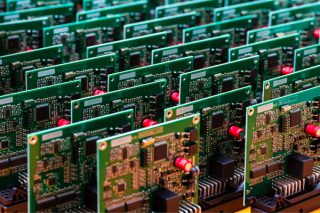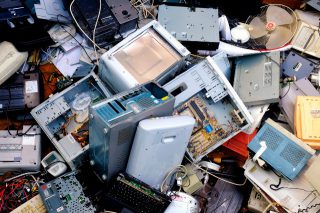
CCS Insight predictions: Interview with Marc Allera, CEO of BT’s Consumer Division
This segment highlighted the efforts telcos are taking towards providing customers with affordable bundles and what is BT’s response to some of CCS Insights predictions 2023
News - Cynera Rodricks
October 21, 2022











